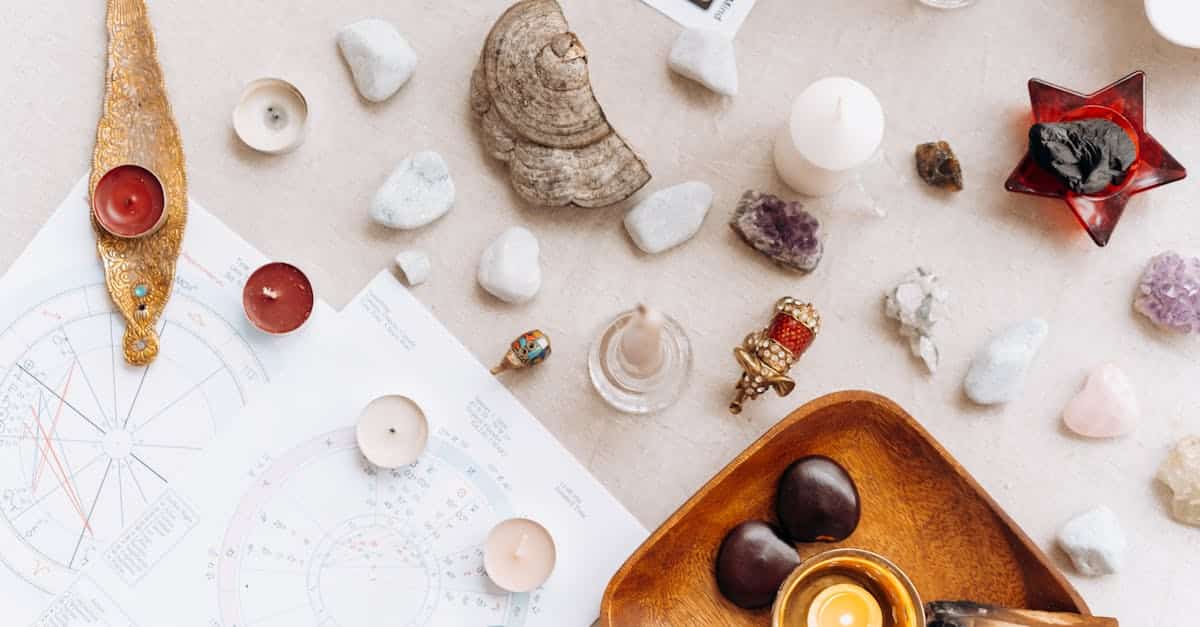The collective creation is part of a dynamic process in which each participant becomes both an actor and a witness to the emerging work. It transcends individual boundaries by fostering exchange and interaction within a group while redefining the meaning and scope of artistic and cultural practices. This collaborative approach raises particular issues, especially in terms of collective intelligence, allowing access to forms of expression enriched by the diversity of perspectives. The underlying principles of this method question the very notion of artistic ownership, inviting a rethink of how we perceive creativity and cooperation in the field of art.
🔥 Nous recommandons Ideamap
Ideamap est l’outil idéal pour un brainstorming ou un projet collaboratif. Grâce son interface facile et à ses fonctions IA, Ideamap booste votre créativité tout en favorisant une meilleure organisation de vos idées pour atteindre vos objectifs.
Glossary of Collective Creation: Issues and Principles
Collective creation is an artistic process that engages a group of participants, whether they are amateurs or professionals, in a collaborative dynamic. This model contrasts with traditional practices where the author is isolated in their creative process. Thus, collective creation values the co-construction of ideas and works, allowing each individual to contribute and bring their vision.
One of the major issues of collective creation is to restore a social dimension to art. This involves not only breaking down the roles of actor and spectator but also fostering an artistic dialogue, where each contribution is respected. Creating an exchange space is essential, as it promotes practices of collective intelligence, making each participant responsible for the success of the project. This collaborative functioning prefigures a new way of thinking about art, centered on participation and connection among people.
The principle of collective creation is based on an approach where each person is both subject and object of artistic production. This means that each member of a group becomes an actor in reflection, design, and realization. This active participation transforms the perception of art and encourages innovation through the sharing of skills and experiences. Design thinking workshops are a striking example, fostering the emergence of innovative ideas by stimulating collective creativity.
Moreover, the process of collective creation can be utilized in various fields, such as theater, music, or even in business. In the educational framework, it allows teachers and facilitators to strengthen the meaning and essence of their role by collaborating with their students. This fosters a learning dynamic in which everyone learns from others, enriching the participants’ experience.
Collective creation is also influenced by digital tools, which facilitate collaboration among individuals, especially in hybrid contexts. Virtual brainstorming platforms, as described in workshop methodologies, energize this creative exchange and help overcome challenges related to remote interaction. This underscores the importance of maximizing the use of these tools to encourage idea exchanges and stimulate a group’s creativity.
It is essential to recognize that collective creation can sometimes encounter obstacles. Tensions may arise when opinions diverge or when communication among members is not optimal. Nevertheless, these challenges are also opportunities to learn to manage conflicts and strengthen team cohesion. By establishing clear rules and cultivating an environment of respect and trust, groups can transform these challenges into levers to enhance their creativity.
Finally, it is important to note that collective creation, beyond artistic production, has implications on culture and society. It fosters the emergence of new voices and the plurality of expressions, thus contributing to a richer and more diverse cultural landscape. By allowing everyone to participate, collective creation embodies a spirit of inclusion that is essential in today’s world.

FAQ on Collective Creation: Issues and Principles
What is collective creation? Collective creation refers to a process where several individuals collaborate to conceive a work or a project together, thus blending everyone’s contributions.
What are the issues of collective creation? The main issues revolve around collective intelligence, which promotes the exchange of ideas, solidarity among participants, and a democratic approach to the creative process. It also helps to restore a participative and inclusive dimension to creation.
How does the collective creation process unfold? This process involves a series of exchanges and interactions where each member brings their skills and vision, enriching the final result. This requires open communication and good idea management.
What are the benefits of collective creation? Collective creation encourages not only innovation through multiple ideas but also reinforces the social bond between participants and their sense of belonging to a common project.
Is collective creation applicable in all fields? Yes, it can be applied in various sectors such as art, education, and even in the professional world where it can stimulate creativity and team engagement.
What role do facilitators play in collective creation? Facilitators are essential as they help to structure exchanges, guide discussions, and ensure that every voice is heard and valued, which is crucial for the project’s success.
What is the relationship between collective creation and co-creation? Collective creation and co-creation are closely related, but while collective creation encompasses a vocal and interactive process, co-creation focuses more on partnerships between different actors to achieve a common goal.














